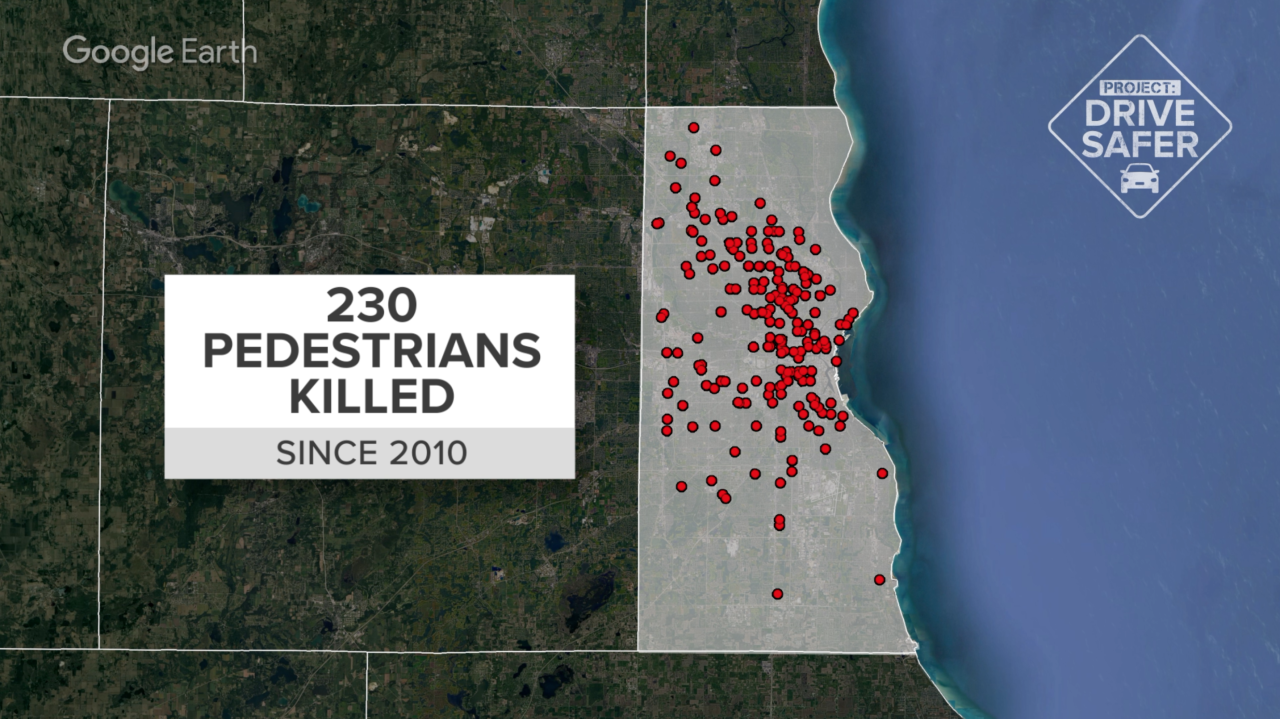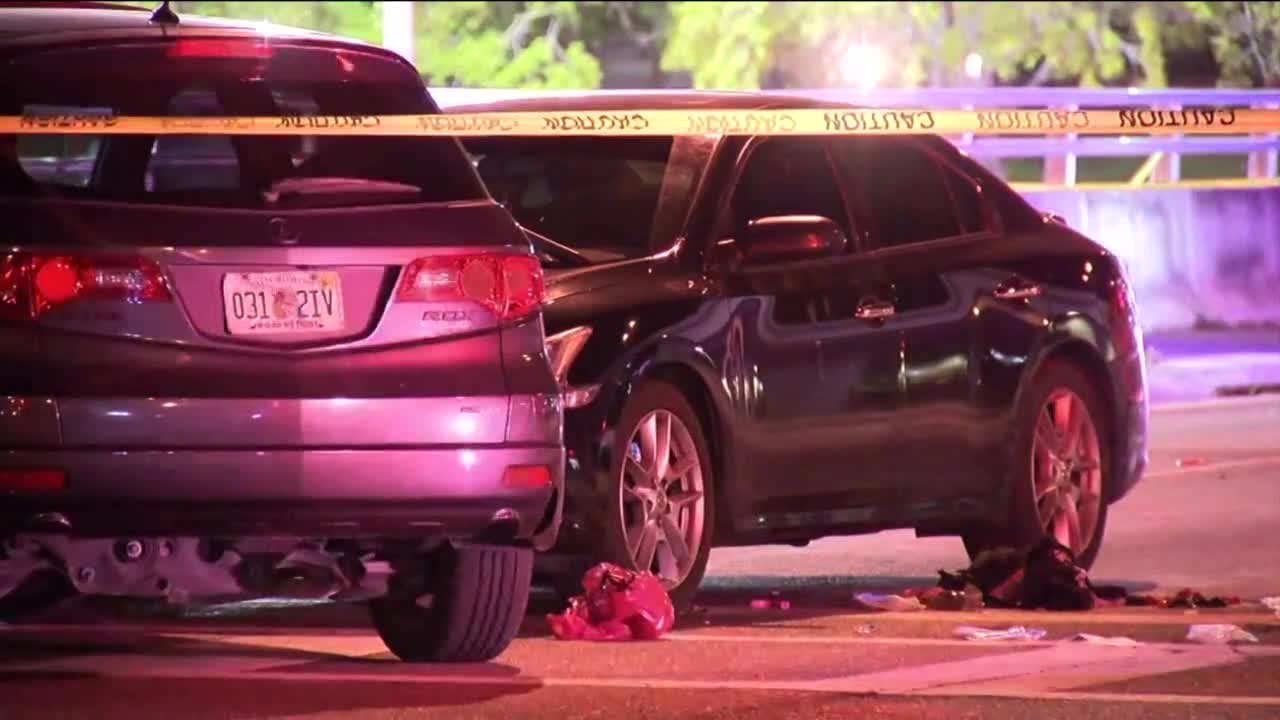MILWAUKEE — A new study by the University of Wisconsin – Milwaukee identifies the deadliest streets in the country for pedestrians and there are similar characteristics for several corridors in Cream City.
“Pedestrian fatalities have increased by more than 50 percent nationally,” Robert Schneider, Professor of Urban Planning at UWM said.

Schneider led the study, identifying 60 roads across the country where there were at least six pedestrian deaths within a 1,000-meter stretch of roadway.
A majority of the locations are in the south or in major metropolitan areas like New York City or Los Angeles. None of the locations are in Milwaukee, but Schneider believes there are characteristics here that mimic what he’s seen across the country.
“These hot spots had high traffic speeds,” Schneider said. “75 percent had speed limits of 30 mph or higher. We also saw locations that had many traffic lanes, 70 percent of them had five or more lanes for pedestrians to cross.”
Milwaukee has its fair share of deadly roads for pedestrians. Fond du Lac Avenue, 27th Street, Capitol Drive, and National Avenue, all contribute to rising concerns in Milwaukee.

From 2010 to 2018 on National Avenue, five pedestrians were killed over a one-mile stretch of roadway from 23rd Street to the freeway, according to the University of Wisconsin Traffic Operations and Safety Laboratory (TOPS). The same can be seen on the one-mile stretch of Fond du Lac Avenue from Locust to 20th Street; five people were killed from 2010 to 2018.
Both don’t meet the criteria of Schneider’s study; six pedestrians were killed over a 1,000-meter stretch of roadway. They fall just outside the metrics but it doesn’t diminish the rising issue in Milwaukee.
Since 2010, 230 pedestrians have been killed across the city. However, Milwaukee hasn’t cracked the list of the top 60 hotspots. Schneider says, there is one big reason for that.

“Frequency,” Schneider said. “The frequency of potential conflict is what we don’t have quite as much of. We have winter and we have somewhat lower pedestrian volumes during the winter because people just aren’t outside as much. Whereas, if you’re down south, you may be out most of the year.”
He credits some of the safety features the city is focusing on, like creating bump-outs so pedestrians don’t have as far to cross. However, he hopes more citizens will buy in to make real change.
While he deals with numbers, each statistic represents a soul lost to reckless driving.
“These are people,” Schneider said. “People who are being killed. Every single one of those was a person with a family. People who loved them and to have them die prematurely like that is a tragic event. This isn’t just about data. It’s about people.”



